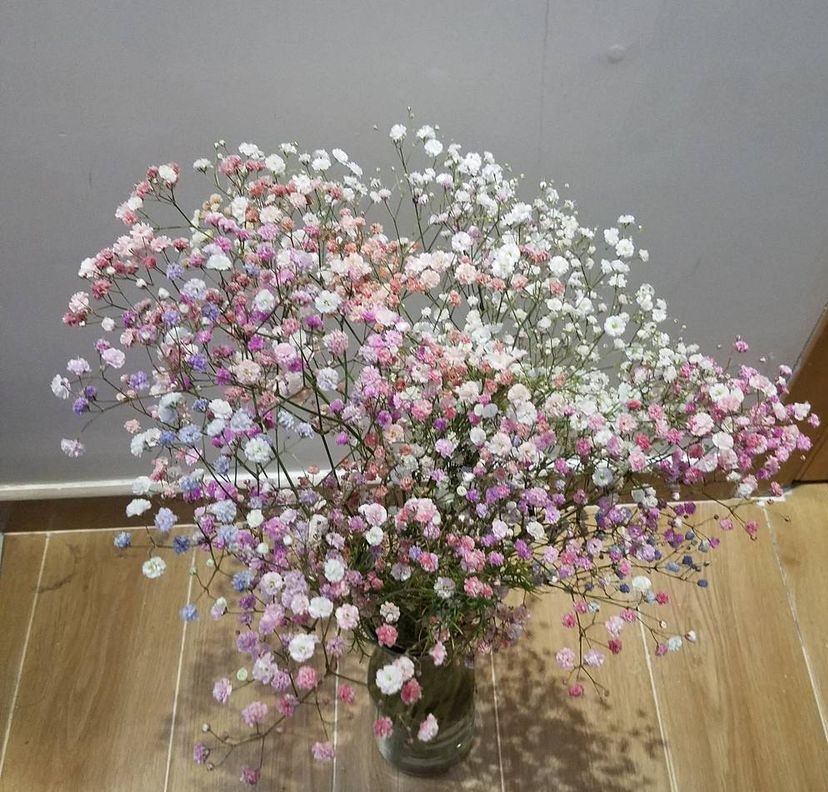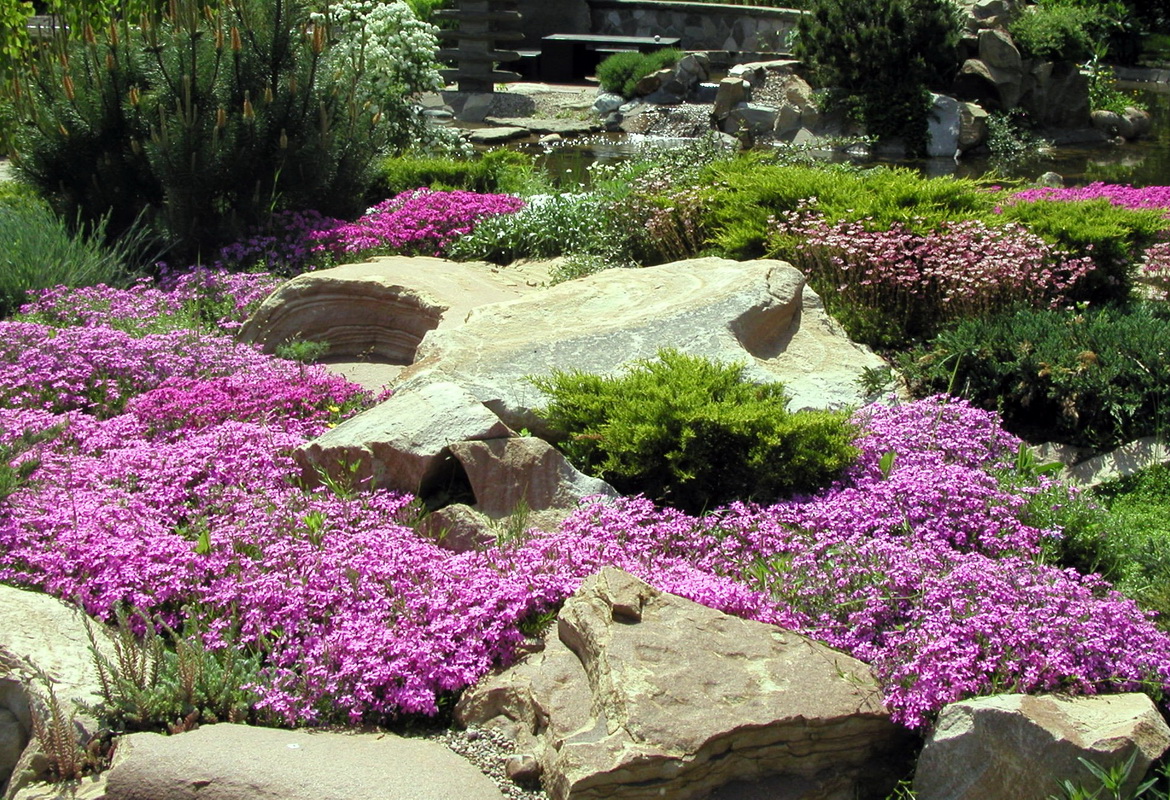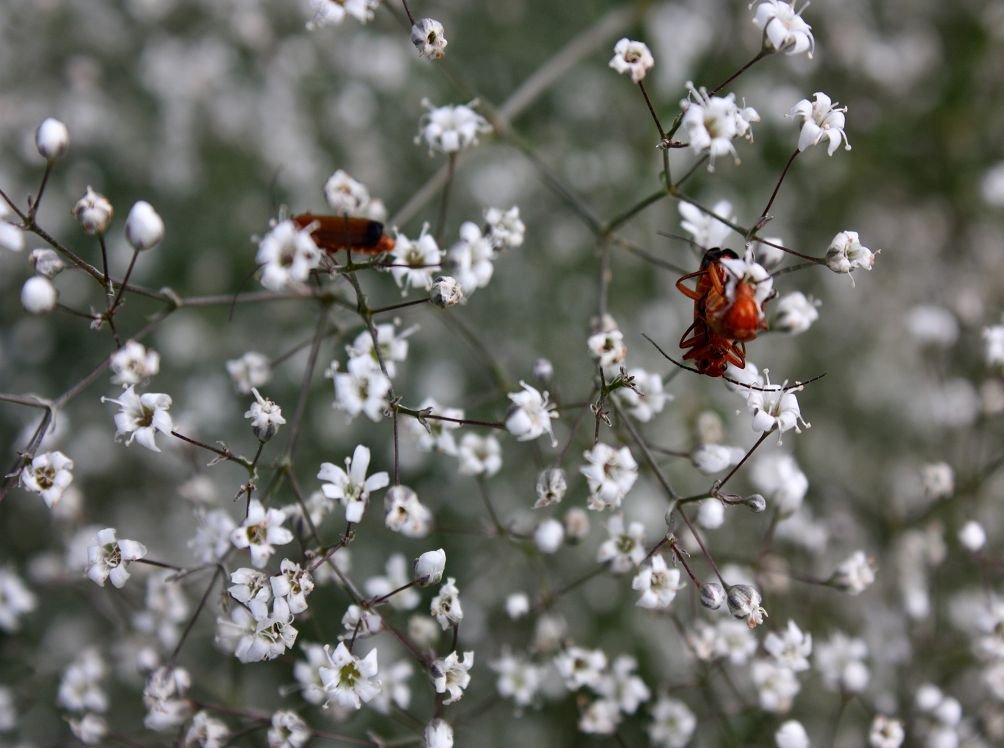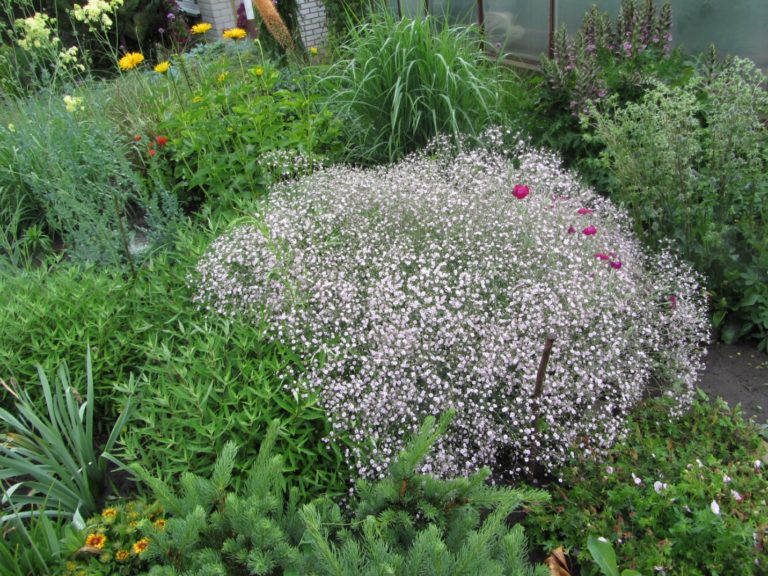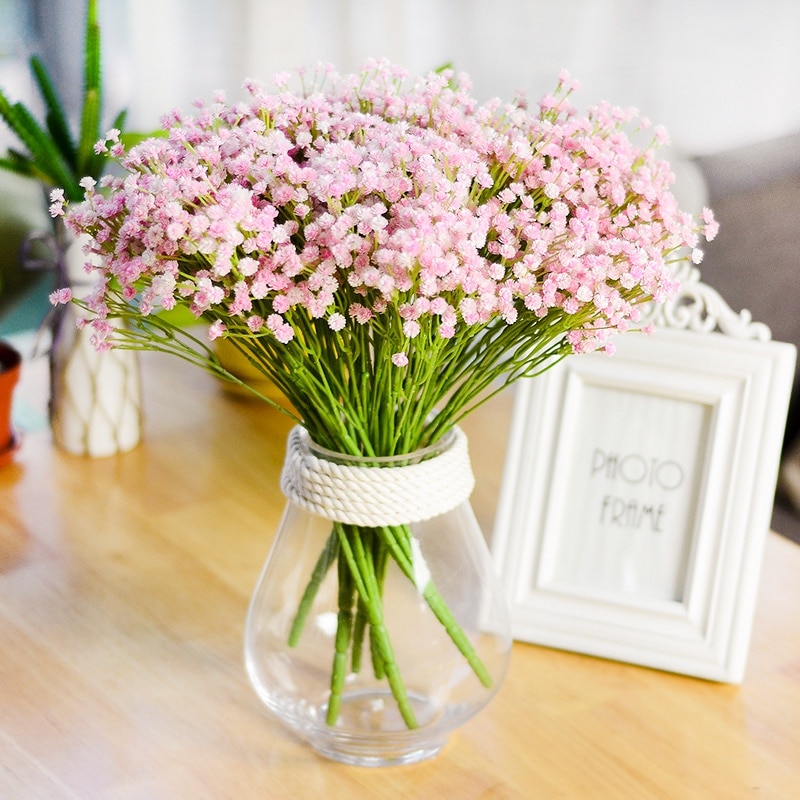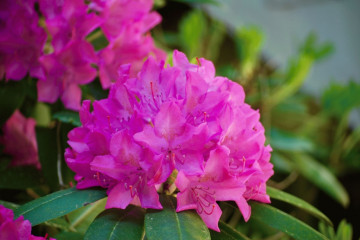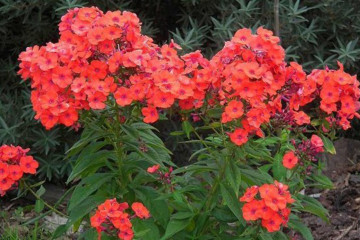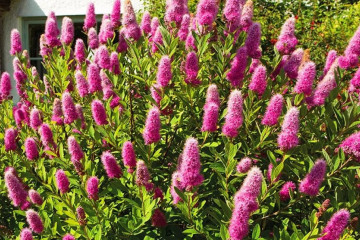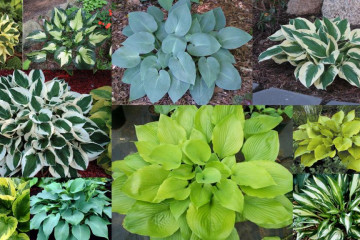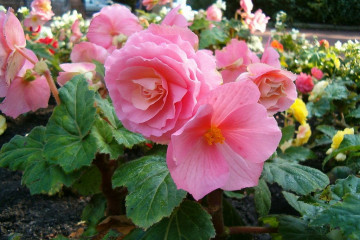Gypsophila paniculata: planting and care
Content:
Gypsophila (or Gypsophila) paniculata is one of the most common plants on the continent. Its habitat stretched from central Europe to western Siberia. It is the most common plant of its kind. The first mention of gypsophila appeared over 300 years ago. In ancient times, the roots of the plant were used for washing, as they foamed the water well. Now it is often used as an element of landscape design and for garden decoration. Gypsophila paniculata is a perennial plant, which in the process of growth takes the form of a spherical bush more than 1 m high. Outwardly, it resembles a tree on which snow flakes have frozen. The flowers of the plant can be white, pink or purple.
If you want to grow a beautiful garden on the site of your house, then the plasterboard will be its ideal complement. But you should not only plant it, as the result will be lonely standing bushes, and it looks good in combination with other plants, only then its brightness and beauty will be revealed.
Main application
Due to its versatility, Gypsophila White Paniculata is ideal for complementing festive bouquets. Any set of flowers, whether for a wedding or for a birthday, will look more original and graceful if you add a couple of plaster lovers to its design. The plant will go well with large flowers of bright colors. When planning landscape design, gypsophila will also come in handy. For this, a plant of dwarf forms or shrubs is used. As a result, you can get the following options:
- the flower serves as the central part of the composition of a flower bed or flower garden. It is ideal when decorating elements of an artificial landscape in the form of slides;
- decorative design of stone gardens;
- creation of an individual type of borders;
- decoration of a veranda or garden.
Pests and diseases
If, when growing a gypsum lover, you neglect the elementary rules for caring for it, then the plant can be exposed to the actions of pests and get sick. Do not water the flower too often, as moisture will stagnate in the soil, and the process of rotting of the root system will begin. As a result of this ailment, the flowers of the plant will wither, fall off, and the branches will dry. Copper sulfate or Bordeaux liquid will help fight this disease and keep the bush healthy.
If the plant is attacked by pests, then action must be taken immediately. The most elementary treatment is phosphamide. Such a safety measure will help against the galicum or cyst nematode. If this is not enough, then you will have to dig out the bush and rinse it in water with a temperature of about 40 ° C. It is worth using chemical mixtures only if absolutely necessary. It is better to create conditions for the plant in which such pest control methods are not needed.
Seed collection
Gypsophila blooms ends in autumn, and the seeds are best harvested at this time. The nuclei of the plant during flowering are collected in a spherical box. After ripening, they scatter in the wind, and it is not possible to collect them.Therefore, if it is necessary to prepare material for further reproduction, then it would be best to mark the stems with the first flowers, since they will produce the strongest sprouts and collect them until they are fully ripe. A certain sequence should be followed when collecting seeds:
- Cut the boxes with the first inflorescences.
- Tie them into a bun.
- Hang it upside down in a warm room.
- Place a white cloth under the inflorescences.
- Sprinkle ripe seeds on this fabric.
- Collect the resulting seeds in a bag and store in a dry place.
When is the best time to plant a plant
Gypsophila is a wild plant. If you plan to grow it at home, then it is better to observe the correct time of the year when planting a flower. For annual shrubs, early fall is the ideal time to plant. If you plan to grow a perennial gypsum, then it is better to start planting it in late spring. Depending on the climate, it will be May or June.
For the full growth of the plant, it needs additional lighting for 14 hours a day, you need to keep a container with seedlings on the windows facing the south side of the house. The optimum temperature for seedlings is 20 ° C, you should water it regularly, but do not overdo it.
Preparing the soil for planting in a permanent place
In order for the gypsum to grow actively, it is required to choose the right soil. It is important to know that it does not tolerate clay soil and grows best in light soil. The most optimal option if the soil is calcareous, drained and loose. Since the plant is light-loving, the planting site should also be sunny. Due to the fact that we swing a perennial does not tolerate cold weather, it is better to plant seeds in open ground at the end of spring. In this case, it is recommended to adhere to the following algorithm of actions:
- Site preparation and abundant watering of the soil are performed before the start of transplantation.
- Planting material is evenly distributed over the prepared beds and covered with a thin layer of soil. The distance between the seeds must be kept about 10 cm.
- When the seeding work is finished, the beds should be covered with plastic wrap to create a greenhouse effect.
If planting begins before winter, then it is better to carry it out in separate containers. The prepared seeds are planted in shelters, and the soil is fertilized with organic and mineral additives. In the process of growth, the seedlings are thinned out at intervals of 15 cm, and after the first leaves are formed on them, they are transplanted into open ground.
Preparing a place for planting seedlings
The area for planting gypsum loves is large and sufficiently well lit, since she loves bright light. Low-lying areas and places where groundwater flows close to the surface of the earth should be avoided. You should know that the bush grows for three years and can reach a diameter of more than 70 cm. This should be taken into account when planning the seating. The final landing on the prepared site is carried out in May with the following sequence:
- The site for future planting is being prepared: the soil is loosened, weeds are removed.
- Organic or mineral fertilizers are added.
- A shallow hole is made.
- Seedlings are carefully transplanted.
Seedling care
To get a finished plant, you need to properly care for the seedlings. It should be watered once a week. After 20 days, the sprouts are planted in separate glasses or thinned in place.
Preparing for winter
In the first year after transplantation, the gypsophila should be properly prepared for winter. After the flowers have dried and all the seeds have been harvested, you can cut the stems of the plant and prepare it for winter.Only those plants that have already dried up should be cut, otherwise the plant may rot and die. If there is a lot of snow, then the gypsum lover will easily survive the cold times, but just in case it is better to wrap it up with a terry cloth.
How to make supports for an adult plant
In open soil, gypsophila can grow enough for several years so that the stems begin to sag, break, and the very appearance of the fluffy bush will be spoiled by the voids that appear. Therefore, it is better to prepare supports for them in advance. In principle, there are no manufacturing restrictions. You can take the material at hand and make structures that are suitable in design and size. With their help, the bush will always have the desired shape and size.
Mistakes in growing and caring for gypsophila
When growing a plant, a situation may arise when it stops growing, withers and dies.
You should know the main reasons for this:
- gypsophila is an ornamental plant, and when planting in slightly acidic soil, a number of problems may arise. So, if the soil suffers from a lack of lime, the bush can wither, and with medium acidity and lack of proper care, die;
- A common mistake when planting a plant is trying to plant small bushes as close to each other as possible. But in the process of growth, they become closely next to each other, the roots do not get enough free space, and as a result, the gypsophila stretches only in length and stops blooming. A transplant can save the situation, but it should not be abused;
- an attempt to grow large varieties of gypsophila at home. Such plant varieties have a large root system, which will simply be cramped in the pot. A bush planted in this way will not grow.
With due attention to planting and caring for gypsophila paniculata, you can get an excellent ornamental plant that will fit into the design of a garden or summer cottage. The main thing is to choose the right place for it, provide moderate watering and cut off the faded buds in time so that they do not spoil the overall picture.
